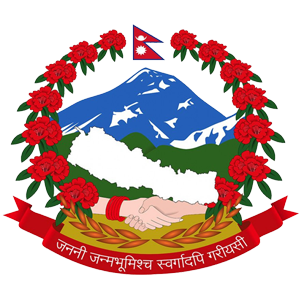The history of animal vaccine production in Nepal dates back to 1961 when a Veterinary Investigation Laboratory was established at Tripureshwor with the objectives to deliver diagnostic services in animal diseases and produce Goat Tissue Vaccine (GTV) to be used in Rinderpest Eradication Program. Later in 1967, this laboratory started to produce H. S. vaccine and in 1968 vaccines for poultry diseases such as New Castle disease and Fowl Pox. In 1971, necessity of a separate institution for the production of animal and poultry vaccines was felt and as a result present Central Biological Production Laboratory (CBPL) came into existence. After 1985, with the addition of new machines and equipment received under the first Livestock Development Project the quality and quantity of vaccines produced from laboratory was improved significantly. With the financial and technical support from the SVSLDC project a PPR vaccine production unit was established within the then Biological Products Division and in 2000 this unit produced the PPR homologous vaccine using tissue culture technology. In the Year 2004, H.S. aerosol vaccine has been introduced in the country under the FAO funded project (TCP2902A). In 2008, a heat stable vaccine against New castle disease of poultry, ND I2, was produced tested in the laboratory and field which is intended for the use in the village chicken.
Published Date : 2019-09-17 (Modified Date : 2021-02-23)

